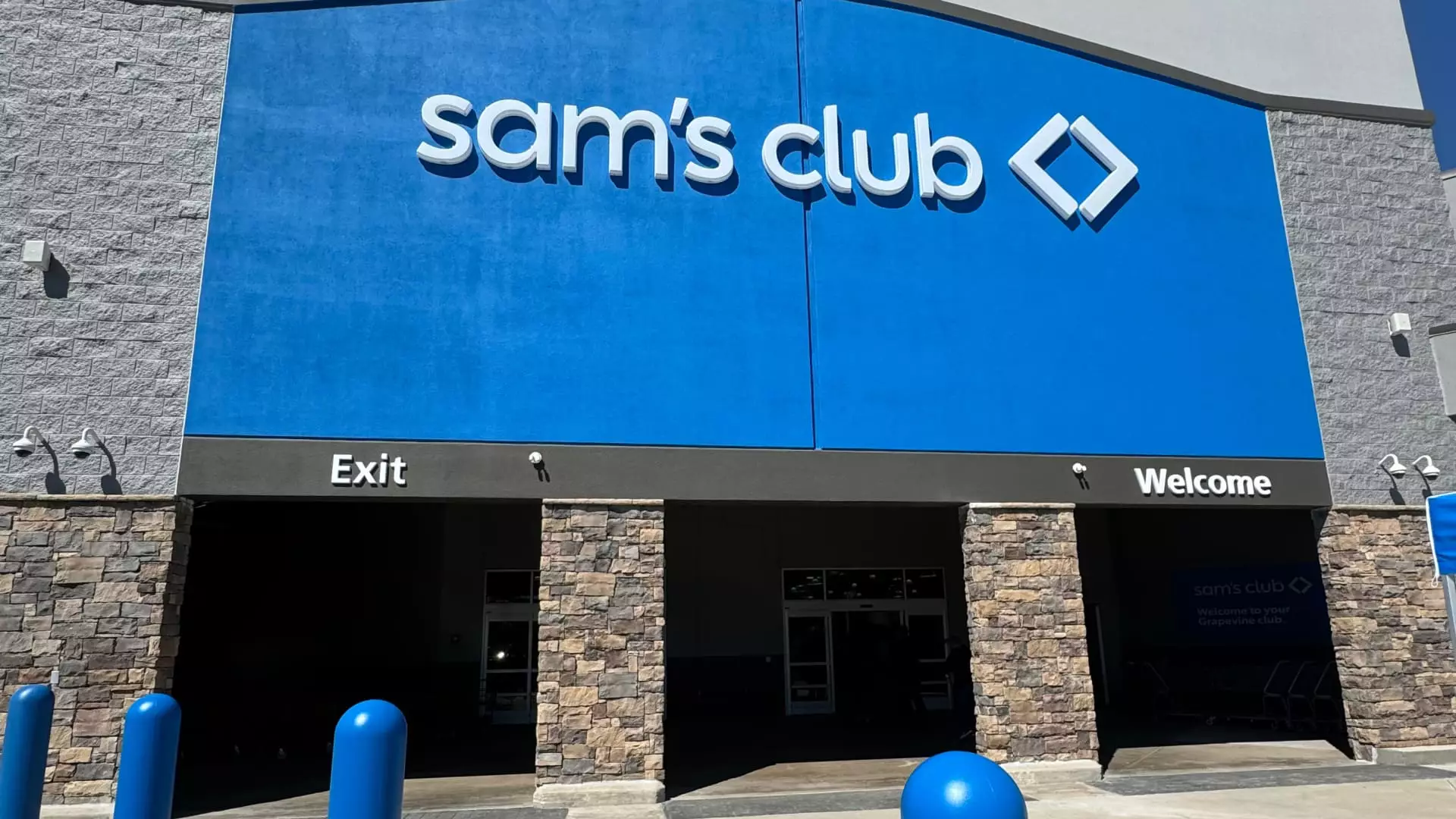In an era where convenience and technology reign supreme, Sam’s Club is taking a bold step forward with the opening of its first all-digital store in Grapevine, Texas. This marks a significant shift in the traditional shopping experience for a membership-based retail club. Gone are the days of long checkout lines, replaced instead by an innovative system where customers utilize a smartphone app, Scan & Go, to make purchases as they move through the aisles. This novel approach not only streamlines the shopping process but also reflects a larger trend towards digitization in retail, capturing a vision that Sam’s Club has for the future of its business model.
This store, set to open mid-October, is not just a retail outlet; it’s a prototype for the future of Sam’s Club. By design, the space foregoes traditional checkout lanes, instead opting to showcase online-exclusive items like an extravagant 12-foot Christmas tree and luxury items like a five-carat lab-grown diamond. By integrating e-commerce with physical shopping, Sam’s Club is attempting to create a seamless experience for customers, emphasizing efficiency and modern shopping methods.
Sam’s Club’s introduction of the all-digital store is a strategic maneuver in its ongoing rivalry with industry giant Costco. With a focus on e-commerce, Sam’s Club is betting on innovations like the permanently stationed sushi chef, as well as products made available exclusively online. The concept aims to enhance consumer engagement and perhaps lure customers away from Costco, which has historically dominated the warehouse model with higher revenue figures.
According to company executives, the Grapevine store will serve as a “testing ground” to assess how well these technological advances resonate with consumers. As Chris Nicholas, the CEO of Sam’s Club, articulates, this model is foundational for future business strategies: “The idea is that over time, we will be 100% digital engagement as a business.” This ambition underscores the necessity to validate innovations with real-world testing before a broader rollout.
Sam’s Club is also on an aggressive trajectory to expand, planning to open approximately 30 additional stores over the next five years. Its recent success is notable, with comparable U.S. sales growth of 5.2%, boosted significantly by a remarkable 22% surge in e-commerce transactions.
The new store in Grapevine is engineered to enhance operational efficiencies, incorporating features like a pizza-making robot capable of producing 100 pizzas per hour while also experimenting with a novel food delivery system through the Scan & Go app. The intention is clear: optimize high-traffic areas and create smoother processes for both in-store shopping and online order fulfillment.
This adaptation towards digital technology extends to its workforce too, with roles redefined to accommodate the shift in operational dynamics while maintaining staffing levels. The club’s redesign also allows employees more space to utilize for online order preparation, resulting in quicker and more efficient service, an area where traditional retailers often struggle.
Notionally, the public’s reception to these innovations has been mixed. While many are excited about the convenience of scanning items and bypassing checkout lines, others—especially certain demographics—express hesitation about embracing fully digital operations. Customers like Tiffany Zuniga, who rely on personalized service, express concerns that technological reliance might detract from human interaction, a vital element for many shoppers who seek assistance in-store.
To alleviate these concerns, Sam’s Club plans to provide ample opportunities for customers to familiarize themselves with the new technology. Staff will be trained to assist shoppers in downloading the necessary app and navigating their shopping experience, highlighting an important balance between technology and customer service.
The move to all-digital stores reaffirms Sam’s Club’s commitment to innovation while still facing the critical challenge of meeting diverse customer needs. By efficiently merging the physical and digital realms, the retail club is not only crafting a new identity for itself but is also defining the future of shopping in general. As demonstrated by its strategic enhancements and commitment to technology, Sam’s Club is positioning itself not just to compete with larger entities like Costco, but to lead a transformative wave within the retail landscape. As customers adapt to this evolution, only time will reveal whether the full embrace of technology will yield the expected benefits or raise new challenges in customer satisfaction and service quality.

